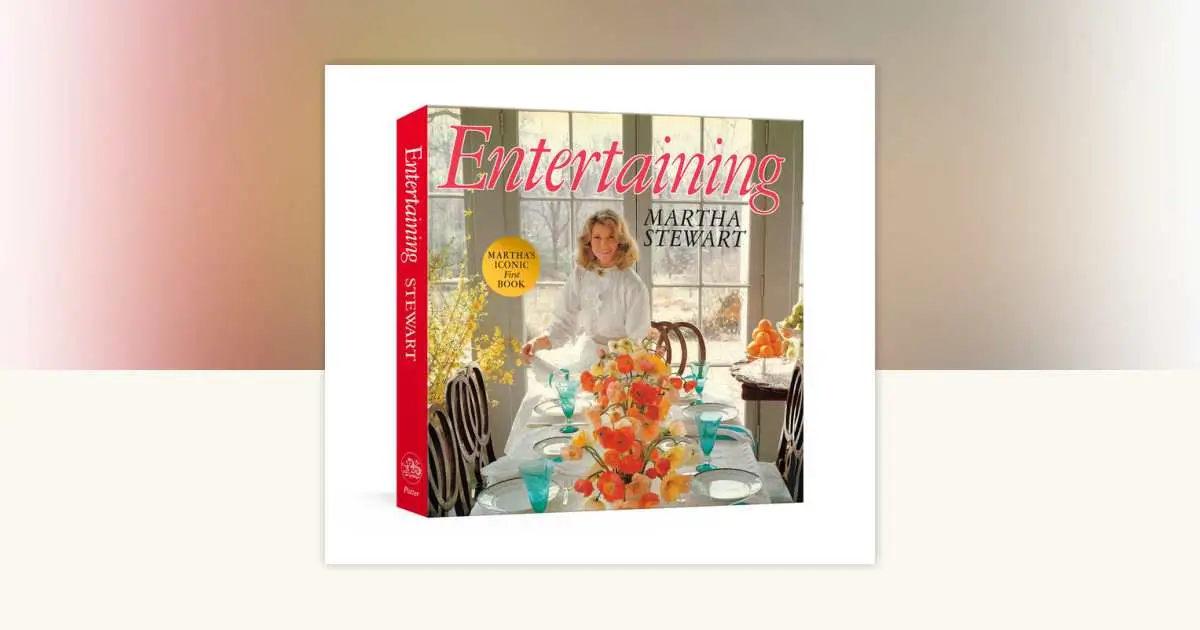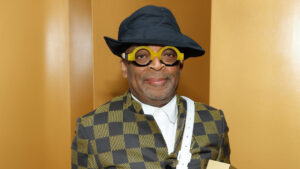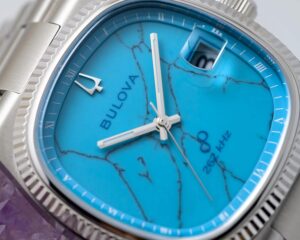
At this point in pop culture, Justin Bieber is more than just a musician. He is a generational symbol, a vessel onto which society has projected teenage rebellion, adult vulnerability, spiritual searching, and global superstardom. With every new era of Bieber, there has been a corresponding shift in the way he presents himself to the world. Clothing, in this evolution, has never been mere adornment—it has been armor, language, and declaration.
Now, as the dust of pandemic isolation settles and Bieber emerges into a new phase of personal and creative life, a subtle but powerful transformation is underway. Enter Jenna Tyson—the stylist quietly orchestrating one of the most compelling visual reinventions of Bieber’s career to date.
The Introduction of Jenna Tyson
The news of Bieber’s new partnership with Jenna Tyson did not arrive via a bombastic press release or viral fashion moment. Instead, it seeped into the consciousness of fans and fashion watchers organically, with credits popping up alongside Bieber’s increasingly polished, quietly daring public appearances. According to online sources, Jenna Tyson’s journey into fashion was deeply personal—shaped by the sartorial influence of her grandfather, whose reverence for “proper dressing” left an indelible mark on her creative instincts.
In an era where “personal style” is often manufactured by committee and algorithms, Tyson’s approach stands apart: deeply human, narrative-driven, and intuitively tailored to the individual rather than the trend cycle.
With Tyson’s guidance, Bieber’s wardrobe has shifted from the chaotic oscillations of streetwear maximalism to a more refined, narrative-driven aesthetic—one that embraces classic menswear codes, nuanced streetwear references, and a quiet luxury sensibility without ever feeling costume-like or alien to Bieber’s persona.
The Early Bieber Style Journey: A Brief Context
To fully appreciate the impact of Jenna Tyson’s work, it’s necessary to revisit Bieber’s tumultuous style history.
In the early 2010s, Bieber’s look was the uniform of teenage idolatry: oversized hoodies, snapbacks, baggy denim, and studded high-top sneakers. This was followed by the Purpose era—a high-water mark for Bieber’s collaboration with Kanye West’s stylist Karla Welch, which saw him adopt grunge-lite ensembles, Saint Laurent leather jackets, distressed denim, and fear-of-God minimalism.
Post-Purpose, Bieber’s style entered a less cohesive phase, marked by his marriage to Hailey Bieber (née Baldwin) and a turn towards normcore staples: Drew House smiley-face hoodies, baggy basketball shorts, Crocs, and thrift-store chic. This was authentic to his personal struggles and healing journey but lacked the curated sharpness that his earlier eras had wielded.
In short, Bieber’s fashion story has mirrored his life—brilliant but at times erratic, searching for structure without losing its soul.
Tyson’s Vision: Precision Without Pretense
Jenna Tyson has not sought to erase Bieber’s stylistic past. Instead, she seems intent on distilling it—sifting through the chaos to unearth the elements that are truly his.
In Tyson’s hands, Bieber’s wardrobe now leans into essentialism rather than excess. Tailored silhouettes, intentional layering, monochromatic palettes, and subtle plays of texture now define his look. Tyson has a clear affinity for balancing contradictions: oversized blazers paired with slouchy denim, silk shirts worn open over a perfectly wrinkled tee, combat boots offsetting the clean lines of a sharply cut trouser.
Her styling frames Bieber not as a mannequin draped in fashion’s latest obsessions, but as a modern man negotiating the tensions between comfort and presentation, casualness and ceremony.
Gone are the logo-drenched fits and hyper-manufactured “street style” moments. In their place, we find carefully considered ensembles that speak to growth, introspection, and a newfound elegance—an elegance that doesn’t scream, but rather hums at a low, confident frequency.
Key Looks Defining the New Era
Several moments already stand as monuments to this quietly unfolding style renaissance:
- The Double-Breasted Overcoat + Baggy Jean Combo:
Bieber was recently photographed in a full-length, double-breasted charcoal overcoat worn atop baggy, distressed jeans and sleek leather loafers. It’s a look that threads the needle between sophistication and rebellion—the classicism of the overcoat undercut by the deliberate messiness of the denim. - The Silk Shirt + Pearls Ensemble:
At a private party, Bieber appeared in an unbuttoned ivory silk shirt, layered with a delicate strand of pearls and soft leather trousers. The effect was striking: ethereal, gender-fluid, and utterly contemporary without being performative. - The Tailored Tracksuit:
Perhaps the most emblematic look so far under Tyson’s guidance: a neutral-toned tracksuit cut with razor precision, finished with minimalist sneakers and tinted aviator sunglasses. Comfort meets couture—a manifesto for the modern celebrity.
The Cultural Implication: Bieber as a Grown Icon
Tyson’s work with Bieber is more than just a visual upgrade; it’s a cultural recalibration. As Bieber moves deeper into adulthood—and into more complex musical and personal projects—his presentation needed to evolve beyond “perpetual youth” aesthetics. Tyson’s styling offers the bridge between the boy who once sang “Baby” and the man capable of delivering something as emotionally raw as “Ghost” or as spiritually searching as “Peaches.”
This transformation is critical because fashion, in the ecosystem of celebrity, is never just about clothes. It is optics management, identity crafting, and emotional resonance. With Tyson at the helm, Bieber no longer appears as a reluctant participant in his own myth-making. He appears intentional, focused, and rooted.
Jenna Tyson: A Stylist in Tune With the Moment
In Jenna Tyson, we see the rise of a new kind of stylist—one whose approach is less about trend-spotting and more about character development. In an era where maximalism and virality often drown out nuance, Tyson’s work signals a return to storytelling through style.
Her background—deeply influenced by her grandfather’s attention to detail, his appreciation for sharp creases, perfectly polished boots, and purposeful dressing—imbues her work with a sense of heritage and gravitas. She is not designing for the flashbulb moment but for the quiet revelation that comes from clothing that fits both the body and the soul.
It’s a powerful reminder that the best stylists are not those who make their clients look most “fashionable,” but those who help their clients look most themselves—themselves, perhaps, as they have never dared to be seen before.
What Lies Ahead
If the early signals are any indication, Tyson’s partnership with Bieber will likely extend far beyond mere tour looks or promotional appearances. It feels foundational—an architectural reimagining of Bieber’s personal brand as he moves into his thirties, navigates new musical landscapes, and continues to shape popular culture.
There are rumors of capsule collections, editorial spreads, and more public-facing connections that will further cement this new aesthetic language. But even if none of that materializes, Tyson’s most enduring contribution will be this: she has given Bieber a wardrobe that matches his evolution, not just as a celebrity, but as a man.
And in a world obsessed with reinvention for reinvention’s sake, there is something quietly radical about an evolution that feels earned, grounded, and true.
No comments yet.









